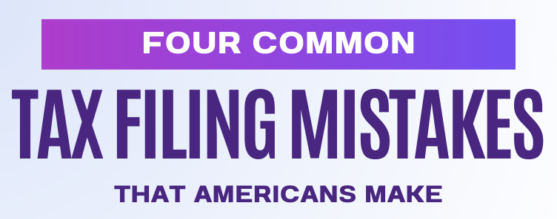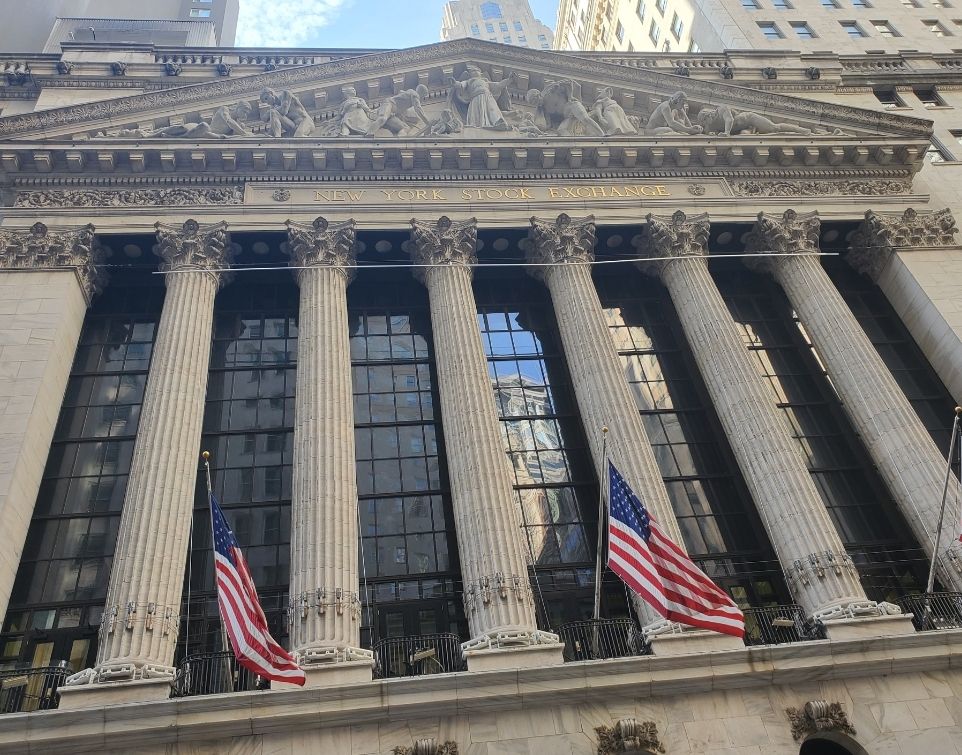You are on a plane, currently descending gradually through the clouds. We are on the plane, too. In fact, everyone in the country is on board. Welcome to Flight 2023 of U.S. Economy Airlines. We know our destination: A normal rate of inflation. What we don’t know is how long the flight will take…nor what kind of landing to expect when we get there.
Will it be a hard landing, or a soft one?
This metaphor, silly as it is, accurately describes the central economic problem of the year: How to bring historically high prices down without also tanking the economy. (In other words, how to land the plane without crashing it.) It’s a puzzle that has plagued every economist who has ever sat in the cockpit during times of high inflation.
In this message, we want to give you an update as to where we are on our trip.
The Flight So Far
If you’re one of those people who can actually sleep on a plane – lucky you – then here’s a recap of what happened while you were out. In 2022, coming on the heels of a global pandemic, a global reopening, and a war in Europe, inflation in the U.S. peaked at 9.1%.1 If you rewind back to the beginning of this year, prices fell but were still elevated at 6.4%.1 This was partially achieved by higher interest rates, which had risen to just over 4% in January.2
At the time, it was widely expected among economists that the Federal Reserve would continue hiking rates to bring inflation down…but as a result, the economy would enter a recession sometime later in the year. (This would be the aforementioned hard landing.) Now, over eight months into 2023, we can say that the first part of the prediction held up. The Fed has continued raising rates, albeit at a slower pace, with rates currently sitting at 5.3%.2 Consumer prices have cooled, too, with the most recent data showing inflation down to 3.2%.1
The second half of the prediction, however, is yet to come true. The U.S. economy grew by 2% in the first quarter, and current data suggests it grew by 2.4% in the second.3 (That number may be revised later as more data becomes available.) In addition, the labor market has remained healthy, adding 187,000 new jobs in July alone.4 That has kept the unemployment rate to around 3.5%…the same rate we saw before the pandemic began in 2020.4
Over the summer, many of the same experts that were forecasting a recession began revising their predictions. Maybe, they say, we’ll avoid a recession this year. Maybe it is possible to bring down inflation without tanking the economy. Maybe we can land this bird softly after all.
Soft Landings vs Hard Landings
This is an important issue to ponder. How investors expect the landing to go plays an important role in how the markets perform. But to accurately think about the issue, we have to first understand what the difference is…and why it’s so hard to know which we’re in for.
First, let’s define these two terms. A soft landing is when inflation decreases to an acceptable rate without triggeringan unacceptable rise in unemployment. A hard landing, by contrast, is when prices come down so fast that most businesses experience a major drop in revenue, causing them to lay off workers. This would result in a surge in unemployment. Since unemployed people tend to spend less money, the economy would contract. When an economy contracts long enough – two straight quarters is a common measurement – we call it a recession.
Do you see why the plane analogy is actually a good one? When pilots land a plane, they must do so quickly enough to prevent stalling, but gradually enough to glide parallel to the ground, kissing the runway rather than slamming into it. That’s the goal, here, too. Inflation has to decline quick enough to overcome inertia, but not so fast the economy crashes.
The folks most responsible for doing this – the pilots in our metaphor – are the board members of the Federal Reserve. In fact, the Fed is mandated to “promote effectively the goals of maximum employment, stable prices, and moderate long-term interest rates.”5 When one of those three goals gets out of alignment – in this case, prices – it can be extremely difficult to regain balance.
The Fed’s track record in this area is…mixed at best. You might think that, as a society that has put people on the moon, cured smallpox, and invented robot vacuum cleaners, we’d be able to crack this code easily. Unfortunately, policymakers don’t really have many options, and the ones they do have all come with downsides.
For example, the simplest option for bringing down inflation without damaging the economy is to simply wait and hope prices come down on their own. But this risks the possibility that inflation will become entrenched. When this happens, the effects can be devastating. (Think of Germany in the early 1920s, when children stacked worthless cash as building blocks, or the 1970s here in the U.S.)
The second option is for the government to impose price controls. (Essentially, dictating the price that industries can charge for their goods and services.) The U.S. has tried this before. It worked during the World War II years; not so much when President Nixon tried it in 1971. And politically, it would likely never fly today.
The final option is to do what the Fed is doing now: Hike interest rates to cool off the economy so that businesses have no choice but to lower prices. It definitely works, but it’s risky. Raise rates too high, too fast, and you drive the economy into a full-blown recession. This is what happened in the early 1980s. Back then, Fed Chairman Paul Volcker took a “forget the torpedoes, full speed ahead” approach, raising interest rates as high as 20%. It broke the cycle of inflation, but it also led to a deep recession. At one point, the unemployment rate rose to 10.8%!6
Mindful of this, the current Federal Reserve has been raising rates much more gently and gradually. The result is a very slow return to normal prices, but – so far at least – continued economic growth. So, a soft landing, right?
Well, not so fast. First of all, the plane hasn’t landed yet. Second of all, there’s no firm agreement as to what a landing actually is. How low does inflation have to get before we declare touchdown? Three percent? That’s in line with the kind of inflation we saw for much of the 2000s before the Great Recession hit. Or is it two percent, which is what the Fed prefers? And how much is unemployment permitted to rise? Four percent? Five? Higher? Actually, here’s a thought experiment for you: What if, over the next twelve months, unemployment and inflation both stay where they’re currently at? Is that a soft landing, or a hard one? Or is it no landing at all?
You can see why nothing keeps an economist up at night so much as inflation. It’s not a clear-cut issue. (And we haven’t even gotten into more nuanced topics, like what to actually measure when calculating inflation, whether the raw unemployment rate is really the best barometer of economic health, or the role consumer sentiment plays in all this.)
In our opinion, however, it’s still too early to proclaim a soft landing. That’s because there are still potential patches of rough air ahead. For one thing, while inflation is definitely cooling overall, it actually ticked up in July. And while unemployment is low, the pace of added jobs is slowing down, too. So, the numbers we’re seeing now might not be quite as rosy in the future.
Then, too, all these interest rate hikes are affecting other areas of the economy. They’re partially responsible for the weaknesses we’re seeing in the banking sector. They’ve also caused yields on long-term U.S. Treasury bonds to fall below those of shorter-term bonds. This is what’s known as an inverted yield curve, and it’s historically been a reliable – if imprecise – indicator of a future recession. (Here’s what this means in a nutshell: Typically, bond investors expect to be paid more interest for lending their money for longer periods of time, so interest rates for long-term bonds are higher than for short-term ones. When this flips around, it means investors expect interest rates to fall sometime in the future. This usually happens when the economy dips and needs propping up, forcing the Fed to cut rates. So, to put it simply, an inverted yield curve suggests that many investors are still expecting a recession in the not-too-distant future.)
For now, though, inflation is cooling down, the economy is not in a recession, and the Fed’s rate hikes are coming lower and fewer. This is good news! And it’s a major reason why the markets have performed so well this year. Should these factors continue in a positive direction, it’s perfectly reasonable to hope for a smooth final leg of our flight.
What This All Means For Us
Whew! We got really wonky in this message, didn’t we? But we wanted to make sure you got an up-to-date view of the situation. As the co-pilot on your financial journey, here’s our view. While the year has been positive, it’s possible that a “landing,” whether hard or soft, is still far away. Right now, we’re in a low-altitude glide. Therefore, the message from the cockpit is this: Feel free to move about the cabin, but for now, it may be best to keep the seat belt sign on.
In the meantime, our team will keep doing all we can to help our clients continue moving forward. Please let us know if you ever have any questions or concerns – and enjoy the rest of your flight!
1 “Current US Inflation Rates: 2000-2023,” US Inflation Calculator, https://www.usinflationcalculator.com/inflation/current-inflation-rates/
2 “Effective Federal Funds Rate,” Federal Reserve Bank of New York, https://www.newyorkfed.org/markets/reference-rates/effr
3 “Gross Domestic Product, Second Quarter 2023,” Bureau of Economic Analysis, https://www.bea.gov/news/2023/gross-domestic-product-second-quarter-2023-advance-estimate
4 “The Employment Situation – July 2023,” Bureau of Labor Statistics, https://www.bls.gov/news.release/pdf/empsit.pdf
5 “Monetary Policy Principle and Practice,” Federal Reserve, https://www.federalreserve.gov/monetarypolicy/monetary-policy-what-are-its-goals-how-does-it-work.htm
6 “Unemployment continued to rise in 1982 as recession deepened,” Bureau of Labor Statistics, https://www.bls.gov/opub/mlr/1983/02/art1full.pdf















